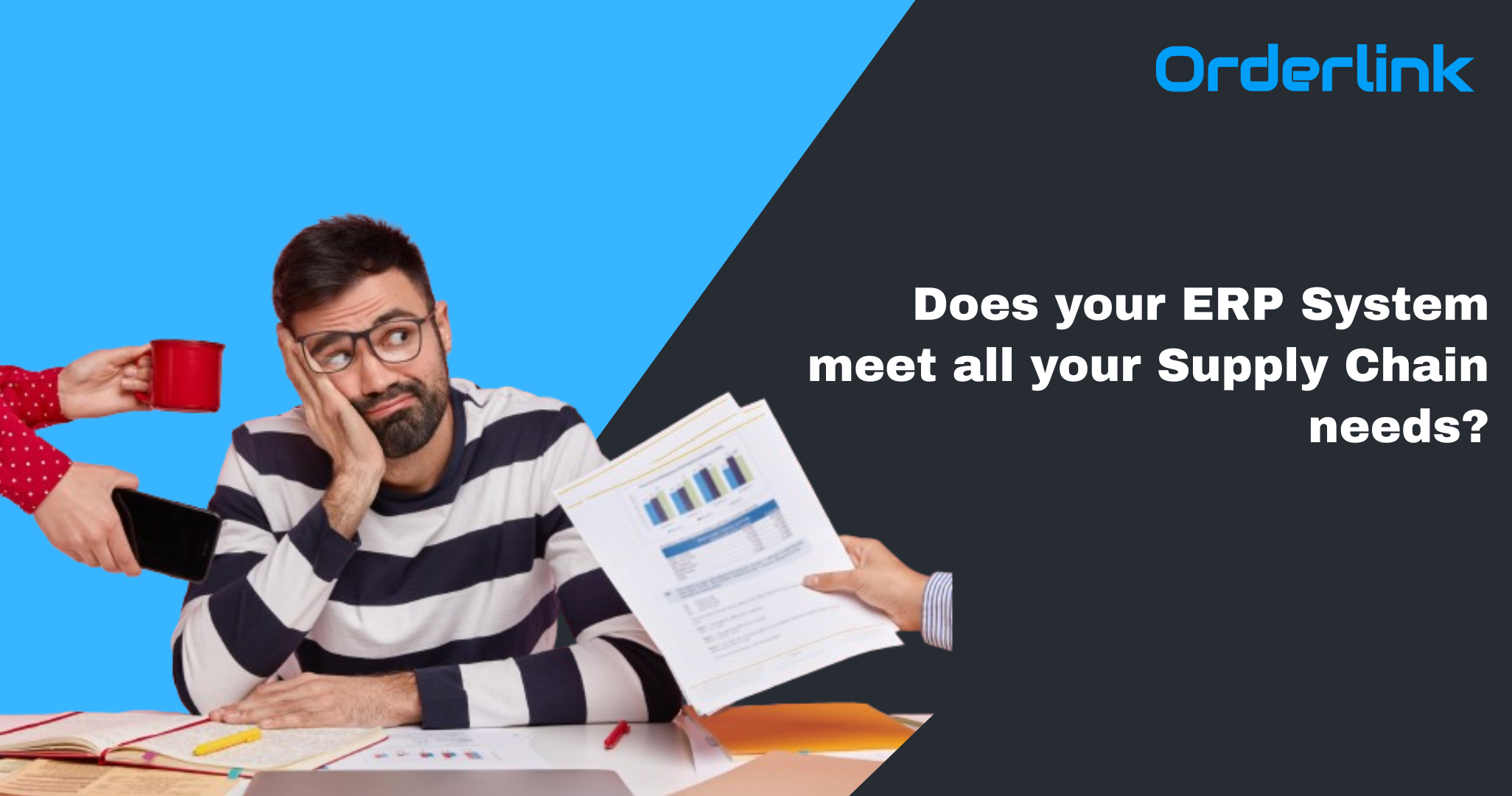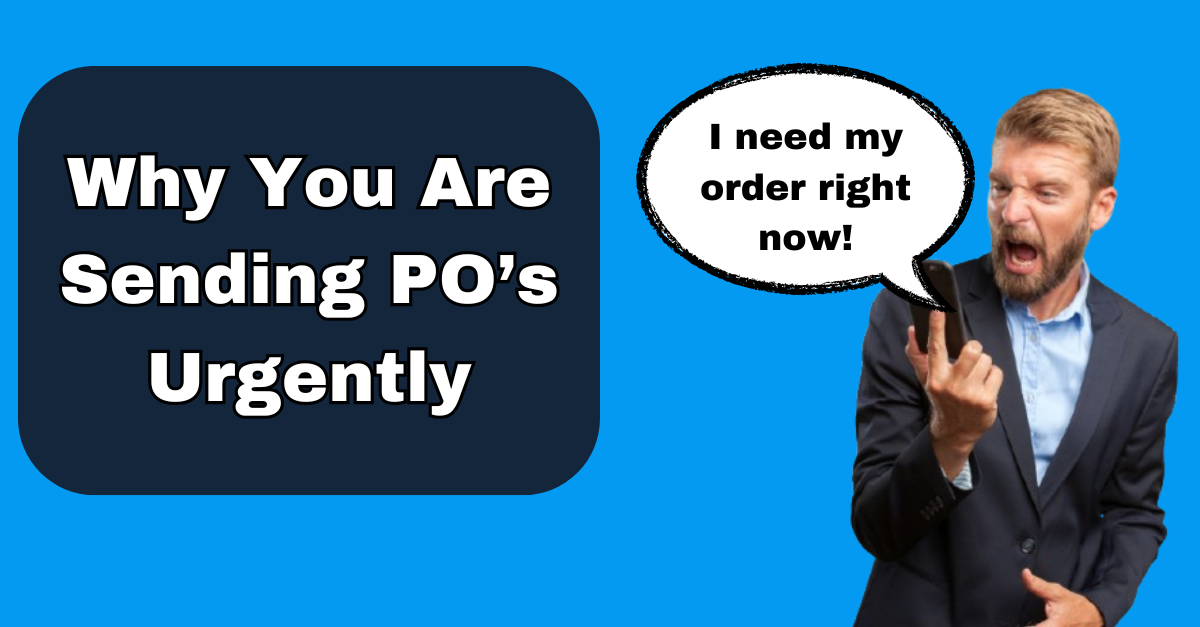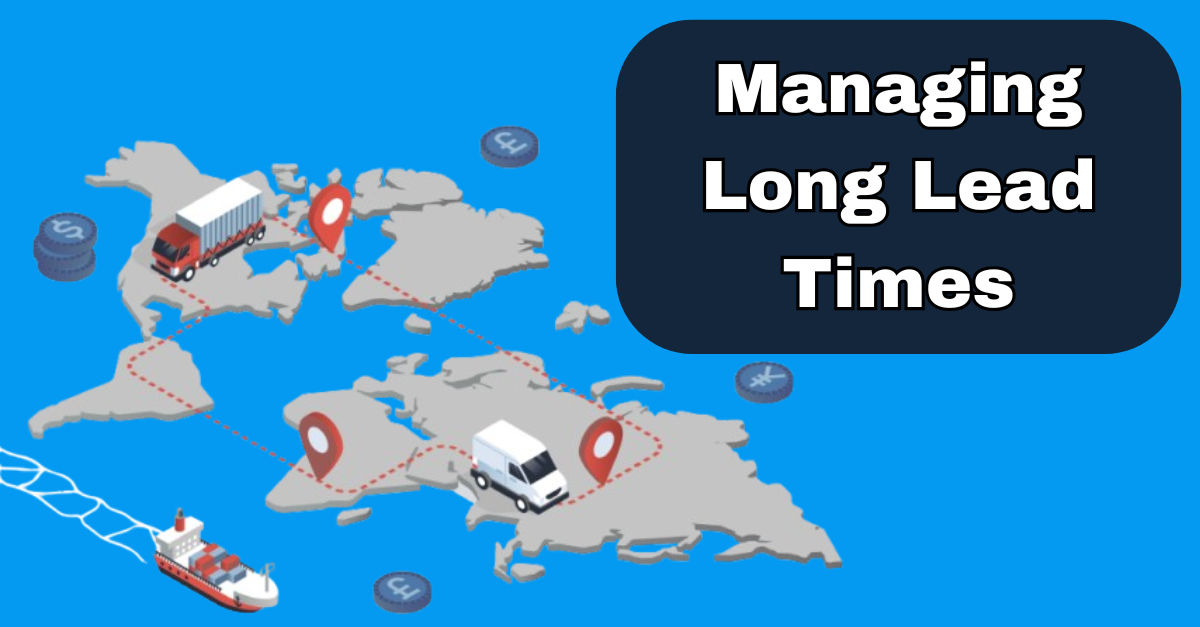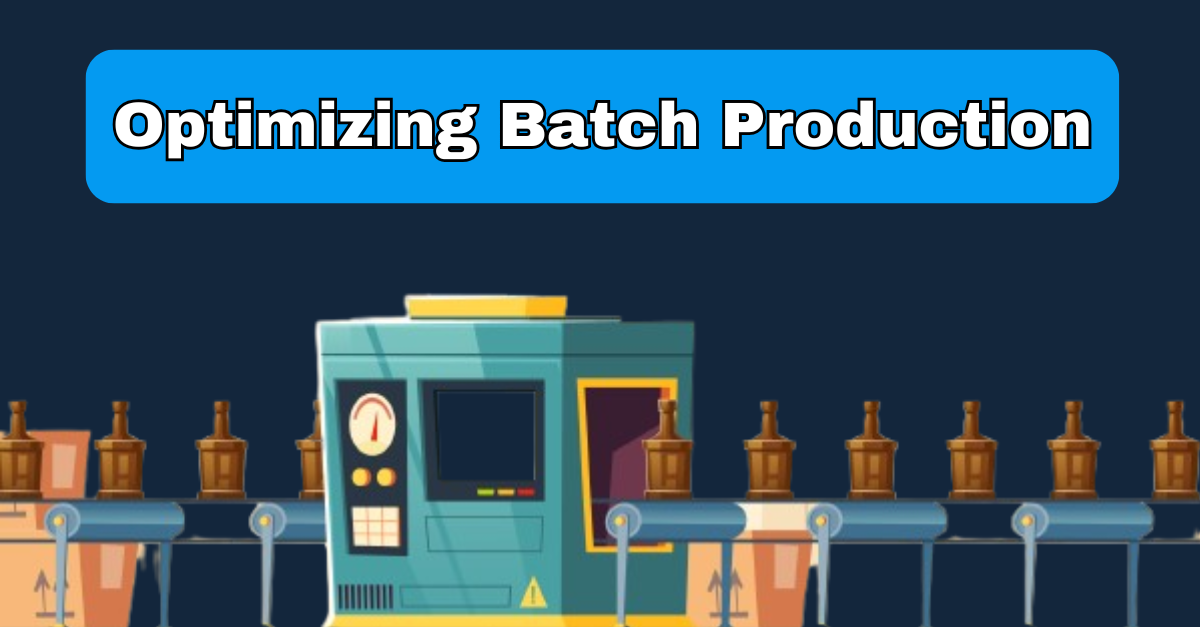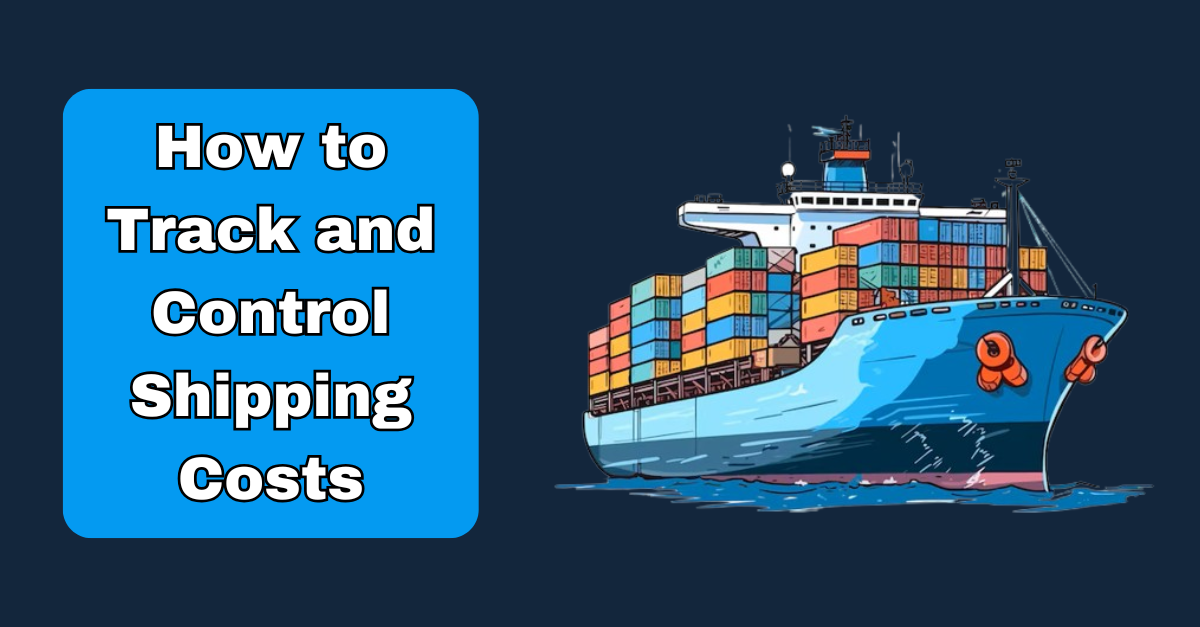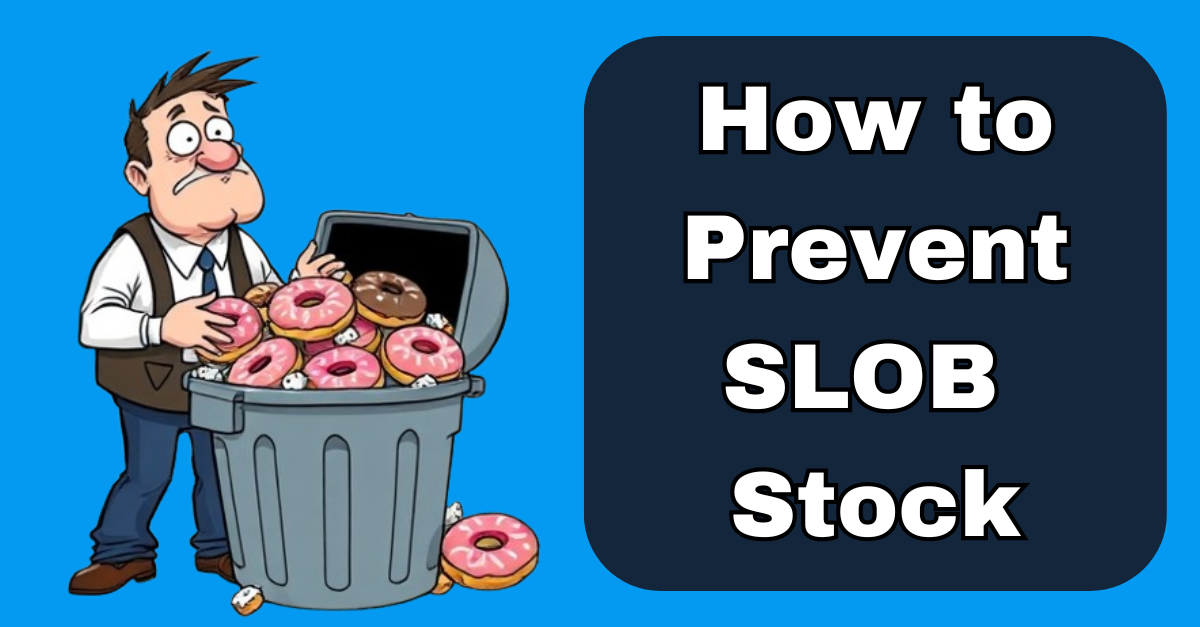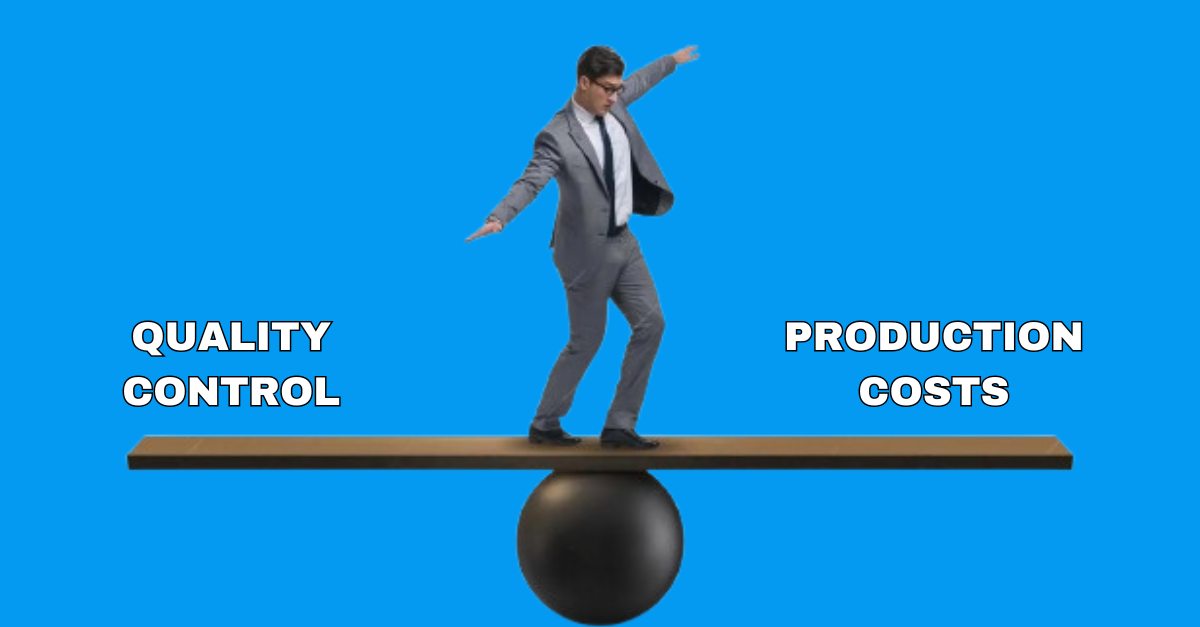Out of the top 10 ERP (enterprise resource planning) companies half of them were founded in the 1970s and only two of them were founded after the 2000s.
There are many ERP systems out there but most companies depending on the industry go with one of the giants like Oracle (1977), SAP (1972), Microsoft Dynamics (1975) or Infor (2002).
This tends to be because of their high reputation, global presence, and perceived market leadership.
Going with one of these vendors is a safe bet and its not like they are going anywhere anytime soon so it’s a low-risk decision.
ERPs are great at being a central hub for bulk data management across multiple functions of your organization. Whether it be supply chain, finance, sales or accounting.
The problem with the giants is overtime they have become these large, slow-moving, and bureaucratic organizations that lack the ability to innovate.
Even with some of the most highly skilled and well-paid employees in the world their outdated tech stacks make innovation truly difficult.
Have you ever asked your ERP provider for an add-on or additional feature?
I hope you’re prepared to wait and then wait some more.
Additional features on top of the base product take many meetings and have long project timelines.
Once the feature is delivered more often than not it is below average. So for the high cost, it hardly seems worth it.
So, what do you do? You look to external software providers.
An expert provider with the most cutting-edge software in their own niche.
A benefit to using an external software provider is they are often plug and play, out the box solutions. They are available to start using virtually straight away.
However, by using an external provider you now have an additional silo of data to manage.
And you don’t want to have to manually key in information to this second system.
For example, you have an externally provided shipment tracker. You can see where all your shipments are but without syncing it with your ERP you don’t know which shipment is connect to which order.
If only there was a way to connect this new out the box software with your ERP.
That way you could link your innovative user interface of your new software with the large data hub of your ERP.
